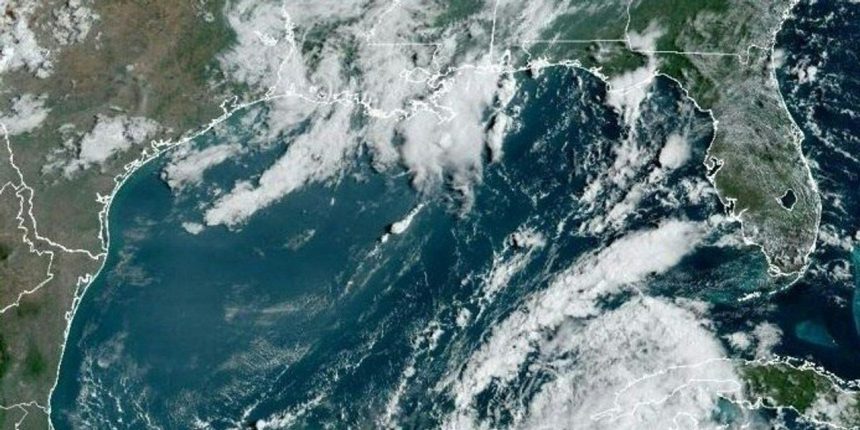U.S. natural-gas futures settled lower on Tuesday, on track to post a loss for the month, with Hurricane Idalia expected to have little impact on energy production as it remains on track to reach the Gulf Coast of Florida Wednesday.
The hurricane, however, may dent power demand when the region shifts to recovery efforts later this week, in the wake of the storm.
The market for European natural gas, meanwhile, has been focused on developments tied to news of a pending strike among workers at some of Chevron Corp.’s
CVX,
facilities in Australia.
Offshore Alliance, which is a partnership between the Australian Workers’ Union and Maritime Union of Australia, said on Tuesday that its members will be participating in rolling stoppages, bans and limitations,” at Chevron’s three west coast Australian facilities from Sept. 7, S&P Global Commodities Insights reported, citing the alliance’s Facebook page.
Separately, Woodside Energy
WDS,
reached a preliminary deal last week with workers at some of its natural-gas exports facilities in Australia to avoid a strike, The Wall Street Journal reported on Aug. 24.
“The Australian strike threat was more of a concern for markets when there was the potential for a full work stoppage at all facilities there,” Gary Cunningham, director of market research at Tradition Energy, told MarketWatch.
Now that Woodside has reached agreements with its unions and the threat to Chevron’s sites is “only for a ‘partial’ stoppage (and negotiations continue), it is really not a big issue,” he said. “It also had only an initial tangential impact on U.S. markets, mostly from a financial perspective, and now not at all.”
On the New York Mercantile Exchange Tuesday, natural-gas futures for September delivery
NGU23
NG00,
settled at $2.56 per million British thermal units on the contract’s expiration day. Prices based on the front months have lost 3% month to date, according to Dow Jones Market Data.
The biggest driver we are seeing behind the sell-off in U.S. markets is simply weather, said Cunningham. “We have more mild outlooks for the end of summer, with heat limited to only certain areas of the U.S.”
Given that, traders are “shorting gas as they worry about regional storages becoming full and prices becoming depressed in early winter,” he said. “The strengthening El Nino pattern should also give us some more mild weather in the northeast for early winter and that has taken a lot of strength out of the markets.”
Over in Europe, benchmark Dutch TTF natural gas for October delivery traded at 41.527 euros (US$45.21) per megawatt hour on Monday up from 37.817 euros on Friday.
European prices are certainly reacting to any news out of Australia, since the Chevron facilities represent roughly 5% of global supply, said Cunningham. “The issue is that we still have a fair bit of [liquefied natural gas] supply ‘floating’ [in storage barges] so there won’t likely be any shortage of LNG cargoes to buy for the next couple of months.”
Meanwhile, Hurricane Idalia approaching the Gulf Coast of Florida may have more of a bearish influence on natural-gas prices, than a bullish one.
Read: Tropical Storm Idalia heads for Florida; Citgo fuel contamination problem strikes first
The impacts of the hurricane may be “slightly bearish as damages to infrastructure could lower gas consumption for power generation in the coming weeks,” said Cunningham.
Read the full article here




